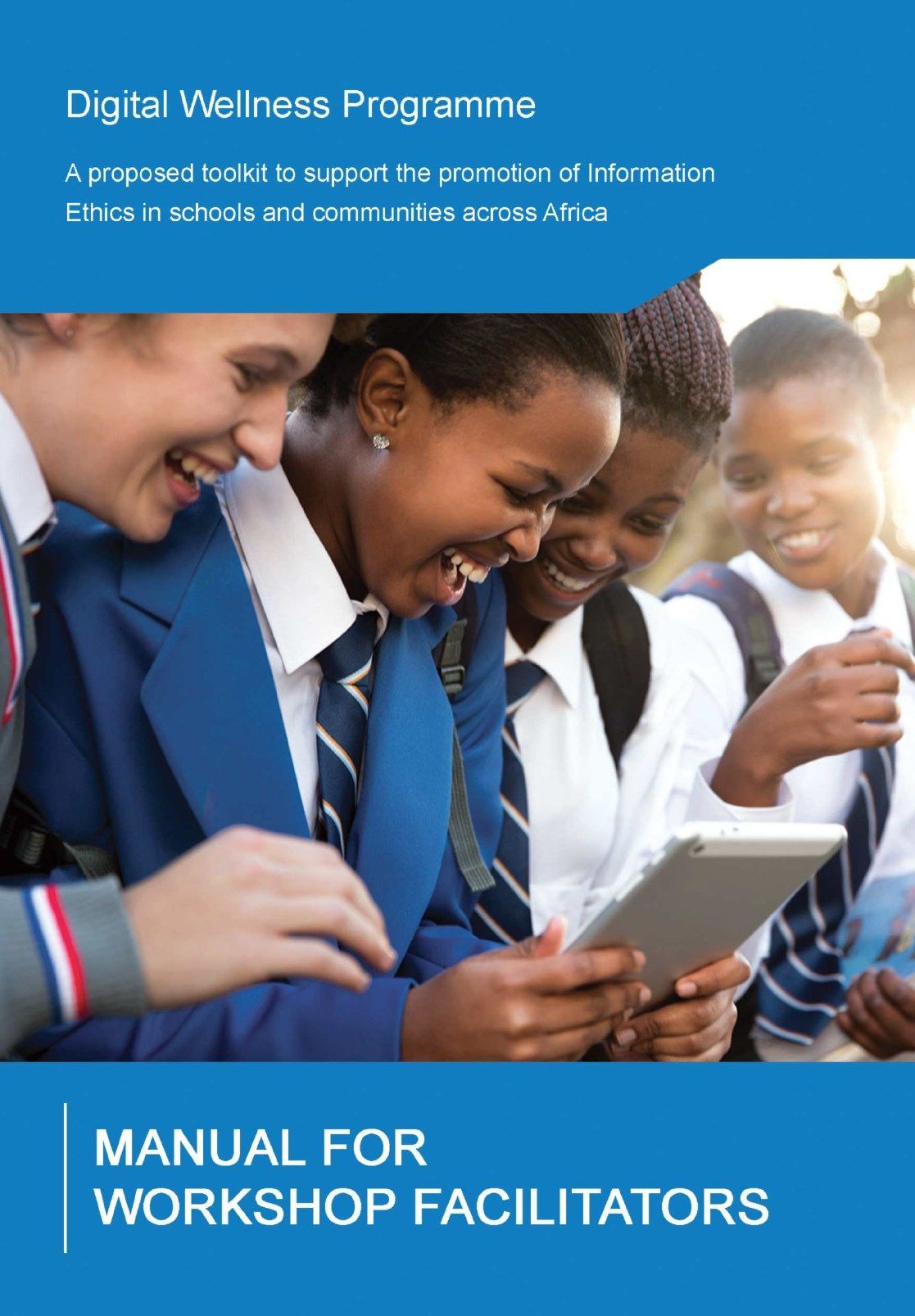Using Information Technology to Create Global Classrooms: Benefits and Ethical Dilemmas
September 2007
Abstract
The global digital divide represents one of the most significant examples of international inequality. In North America and Western Europe, nearly 70% of citizens use the Internet on a regular basis, whereas in Africa less than 4% do so. Such inequality impacts business and trade, online education and libraries, telemedicine and health resources, and political information and e-government. In response, a group of educators and community leaders in South Africa and the United States have used various information technologies to create a "global classroom" that connects people in the two countries. University students, high school students, and other citizens communicate via Internet exchanges, video conferencing, and digital photo essays. The project has produced a number of tangible benefits and it has developed a model for reducing inequality in global education, at least for those institutions with the technological resources to participate. We also present several recommendations for how to expand the initiative and thereby increase the number of people who can benefit from it.


